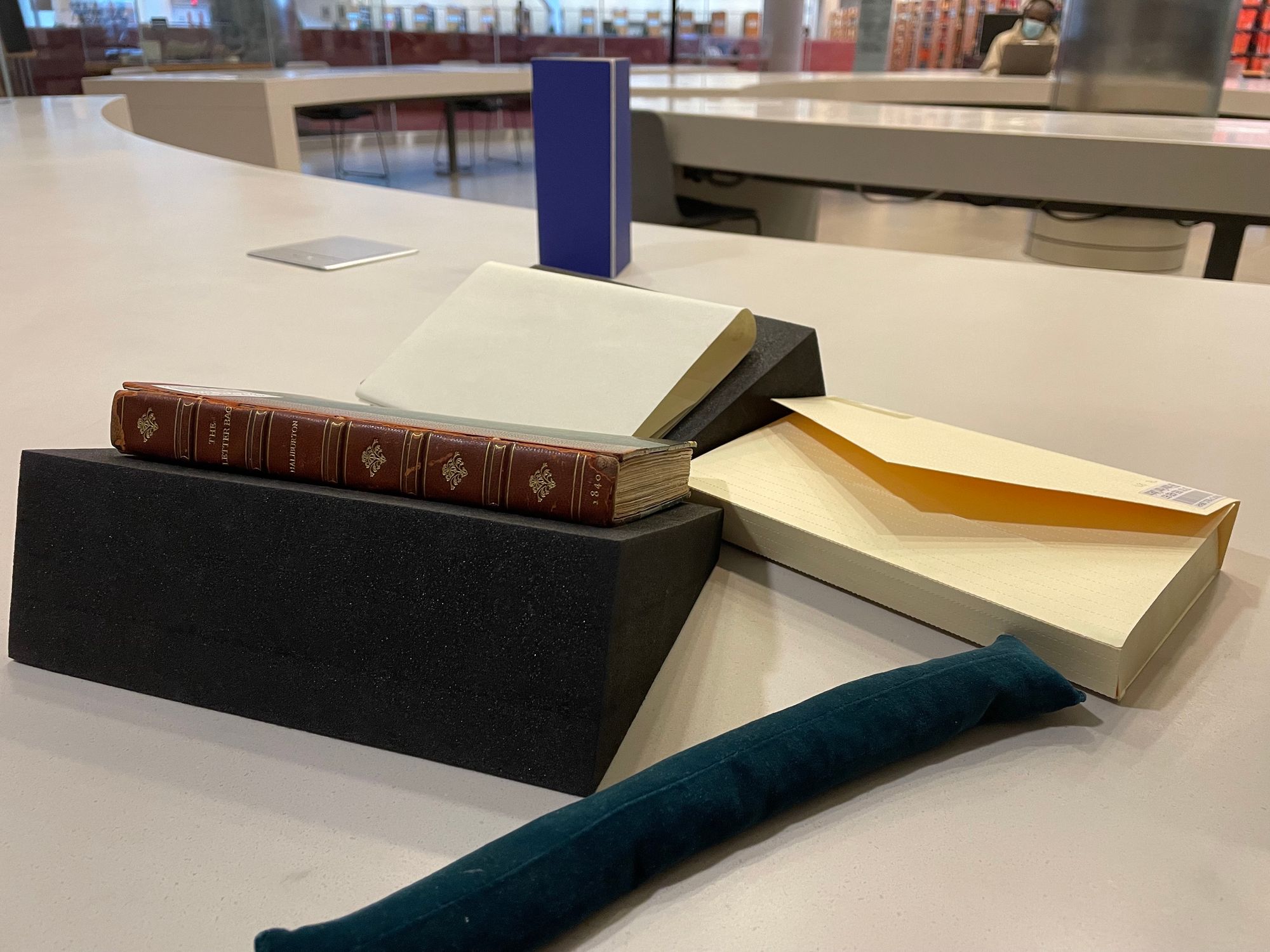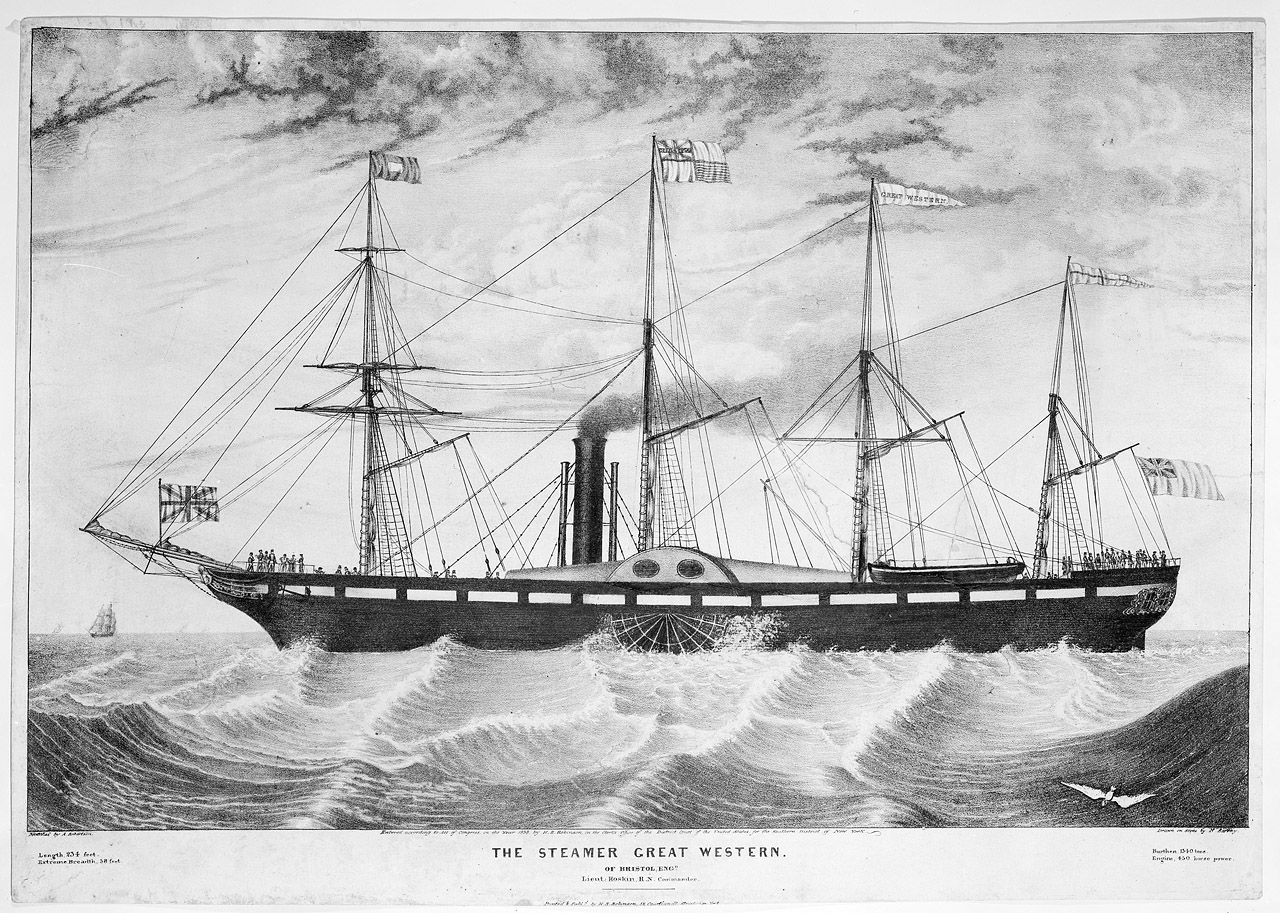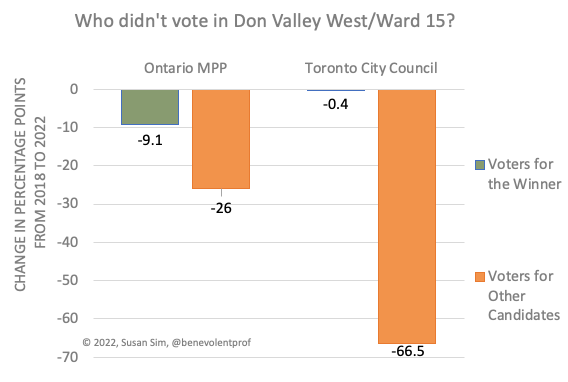
There’s no evidence that Molière dined with the Sun King. Furthermore, if it did happen, it didn’t look like this painting. And I’m not just talking about the lighting.
The work was painted in 1862 by Jean-Léon Gérôme, who was one of the most important artists of his time. One of the genres that he worked in was historical painting, depictions of scenes from history. Meals such as the one in the painting were happening from 1669-1715.
Molière did perform at Versailles, and the king was a fan and patron. But Molière was more likely to be dinner entertainment than a dinner guest. Being an actor was not a respected profession. “Molière” was a stage name, taken to spare embarrassment to his family, who were affluent members of the bourgeoisie. Under the previous regime, actors were considered subversive, and not even allowed to be buried on hallowed ground.
Attention from Louis XIV was a much coveted and carefully managed commodity, and he would be unlikely to squander it on an actor. As Margaret Visser wrote, “Intimacy with Louis meant power, and power was symbolically expressed in attending to certain of the king’s most private and physical needs: handing him his stockings to put on in the morning, being present as he used his chaise percée, rushing when the signal sounded to be present as he got ready for bed. It mattered desperately what closeness the king allowed you– whether he spoke to you, in front of whom, and for how long.” [1]
If such a meal between the two men occurred, I would have expected better documentary evidence. The painting is supposedly based on an episode from a noblewoman’s memoirs. [2] But I wasn’t able to find it in the Château de Versailles database of memoirs [3]. It may be mentioned in a biography of Molière. If someone has better information, let me know.
If the meal did occur, it didn’t look like this.
Louis XIV and Molière would not be sitting across from each other. They would have been sitting side by side, like the head table at a wedding. The meal was a spectacle, intended to be seen, and for the nobility to be seen. The table would have an elaborate display of both dishes in porcelain, silver, and gold, and of food on platters and pyramids. Only individuals seated at the table ate. Everyone else was the audience. (They typically obtained nourishment at a separate time and place.)
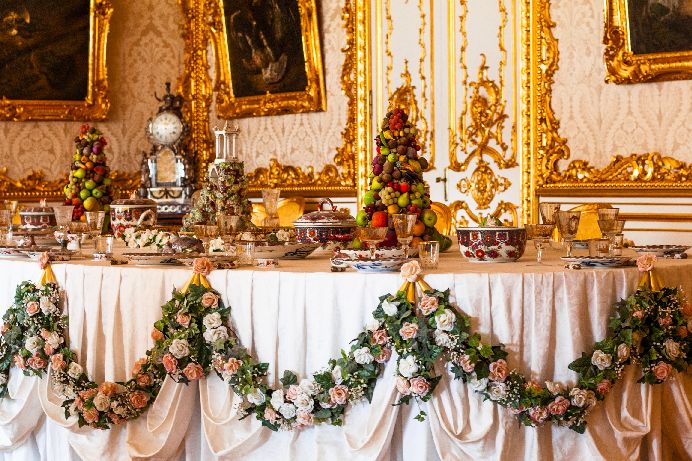
While Gérôme applied a 19th Century sensibility to the dining table, he did get the seating mostly right. Only the royal family were permitted chairs at these meals. Only monarchs sat on a fauteil, a chair with arms. Other members of the royal family were permitted chairs with backs, but not arms. Highly ranked noblewomen were given tabouret, a padded stool, smaller than the one in the Gérôme painting. If Molière was seated, it would have been on a tabouret. It’s more likely that he wasn’t seated at all, as it would put him too far above his station. Furthermore, Louis’s penchant for routine meant that he rarely made ad hoc decisions or exceptions.
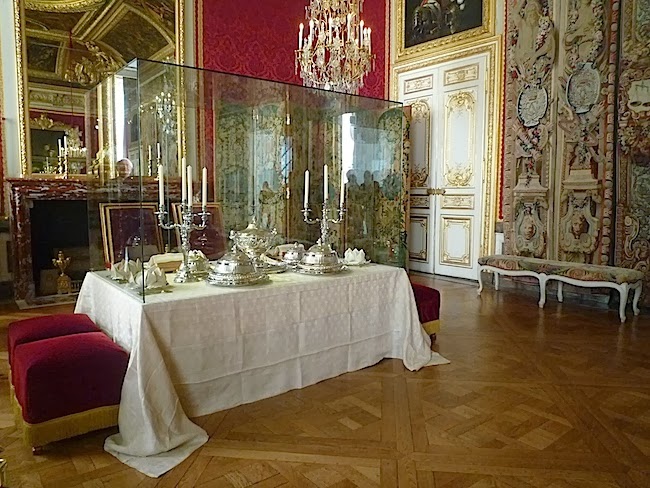
There would not have been a bed in the room. Le Grand Couvert occurred daily at 10pm in the antechamber to the Queen’s bedroom. So while it was an intimate location, and was a bookend to the lever at the start of the day, it wasn’t the room where she slept. (It’s possible that her attendants slept in this antechamber, but they did not have beds like this. It’s more likely that the Queen and her posse all piled in the bed together.)
The room would have been much more crowded. I previously mentioned the attention economy around Louis XIV. If one were to gain status or favour for their projects, one needed to be in the same room as the king. Not only would the room be full to capacity, but there would also be nobility looking in through the doorway.
There would have been more women in the room. The royal family participated in Le Grand Couvert as it was their evening meal too. (This arrangement likely contributed to Louis’s son, later Louis XV, to prefer small quiet suppers without the spectacle during his reign.) By the same token, noble wives would have attended as well.
The clothing in the painting was reasonably accurate. At formal events, of which Le Grand Couvert was one of many, the men did dress in sumptuous frock coats, short pants with knee socks, and high-heeled shoes. Outside of these settings, men typically wore a black or dark gray suit, with a similar, but simpler cut. Molière’s suit is in this style, though the coat sleeves often were longer. Furthermore, he likely could not afford the formal attire.
While this painting is replete with historical inaccuracies, is it a lie? It depends on how it’s presented. For example, Hamilton the musical is based on a biography of a historical figure, but at the same time Lin-Manuel Miranda has made a number of artistic decisions that aren’t factually correct. It’s somehow more obvious when people are singing and dancing on a stage that the story didn’t really happen that way.
To me, the most jarring one is in “A Winter’s Ball,” where Aaron Burr sings, “Martha Washington named her feral tomcat after him.”
Hamilton turns to the audience and says, “That’s true.”
And it’s definitely not true, although the lyrics gesture to something that is true, which is Hamilton repeating a false story about him.
Historical paintings in the 19th Century were intended to be educational. Past events were opportunities to communicate values to an audience. In this sense, it’s not so different from Hamilton.
But we get in trouble when art is presented as fact. Art poses questions, engages in dialogue, and reflects ourselves back to us. In this instance, a painting of something that actually happened in just this way.
This painting of Louis XIV and Molière by Gérôme came up because I was doing research on dinner etiquette. Various web sites would show this painting [4,5,6] or one like it [7] in an uncritical manner. Although there are exceptions [2], these sites tended not to give the context that this beautifully-rendered painting was not a high-fidelity recounting, but an artistic interpretation. Consequently, we are deceived into thinking that the painting depicts historical fact. But we played a role in that deception.
Our contemporary eyes are influenced by photography and cameras as infallible documentary. But we should know better. Images can be Photoshopped, clips can be edited down, and a video can be a deep fake. Part of the labour that we need to do as audiences is to participate in the conversation, not to stay mired in our unconscious biases, and add back in the context.
[1] Margaret Visser, The Rituals of Dinner: The Origins, Evolution, Eccentricities and Meaning of Table Manners, Penguin Books, 1991.
[2] https://eclecticlight.co/2018/07/20/too-real-the-narrative-paintings-of-jean-leon-gerome-3/
[3] Château de Versailles Online Etiquette Database
[4] https://searchinginhistory.blogspot.com/2014/06/dinning-with-king-louis-xiv.html
[5] https://www.offbeatfrance.com/a-day-in-the-life-of-louis-xiv.html
[6] http://scihi.org/moliere-comedy/
[7] https://www.ripleys.com/weird-news/appetite-louis-xiv/
